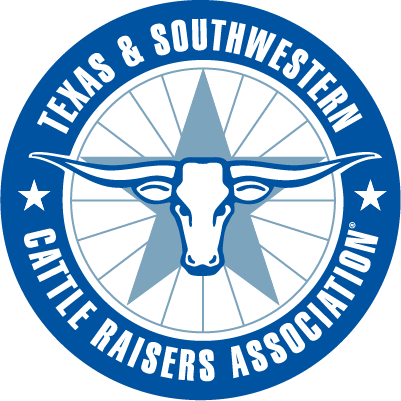If you are seeking a large or small animal shelter/holding facility in your area or in your evacuation area, call 2-1-1 or contact the emergency management department in the area you are seeking shelter. To view a list of Texas animal holding facilities and shelters click or tap here.
During the Hurricane
- If there is no other alternative, keep gates or buildings open so animals can escape high water.
- Provide access to safe free-choice food source, clean water and safest living areas possible.
- Do not rely on automatic watering systems, because power may be lost.
- Place your contact number on the building and the name and number of your veterinarian.
Companion Animals:
- If there is no other alternative, leave your pets loose inside your home with food and plenty of water.
- NEVER leave your pet chained outside or enclosed in a way they cannot escape danger.
- Place a notice on the outside of your home with the location and type of pets inside, their names, your contact phone number, and the name and number of your veterinarian.
Remaining HomeLivestock:
- If there is time – move your livestock and horses to higher ground.
- Keep your large animal emergency preparedness kit readily accessible.
Companion Animals:
- Bring your pets inside immediately.
- Stay with pets. If crated, they depend on you for food and water. Don’t leave pets in vehicles.
- Keep your companion animal emergency preparedness kit in the room with you.
- Secure exits and cat doors so pets can’t escape into the storm.
Flooding: Before, During, and After
After the Hurricane
- Survey damage to your barns and other structures; assess the stability and safety.
- Examine your animals closely; contact your veterinarian if you observe injuries or signs of illness.
- Return animals only after the threat has passed and the safety of buildings or the area has been assessed.
- Release animals in a safe and enclosed area until familiarity of the surroundings can occur.
- Provide clean, uncontaminated water.
- Do not feed flood damaged or moldy feed or hay.
- Do not use any feed or forage that may have been contaminated by chemical or pesticides.
Companion Animals:
- Familiar scents and landmarks may be altered and your pet may become confused and lost.
- In the first few days after the disaster, leash your pets when they go outside.
- Always maintain close contact.
- Reintroduce food in small servings, gradually working up to full portions, especially if animals have been without food for a prolonged period of time.
Lost or Found Livestock
If you find cattle or other livestock with official identification, document the number, location of the animal(s), and call the TAHC at 512-719-0733 or 806-354-9335 and TAHC will contact the owner. If you find stray cattle that have a brand, call Texas Southwestern Cattle Raisers Association (TSCRA) at 817-332-7064 for brand identification. Visit www.tscra.org for more information.
If cattle have strayed onto your property, you must report them to the sheriff’s office in the county you are located in within five days of discovery to be eligible for reasonable payment for maintenance of or damages caused by the estray livestock. For more information regarding Texas’ estray laws visit: Texas Agriculture Code, Chapter 142.
For more information and resources, visit the Teas Animal Health Commission Emergency Preparation and Response website.
